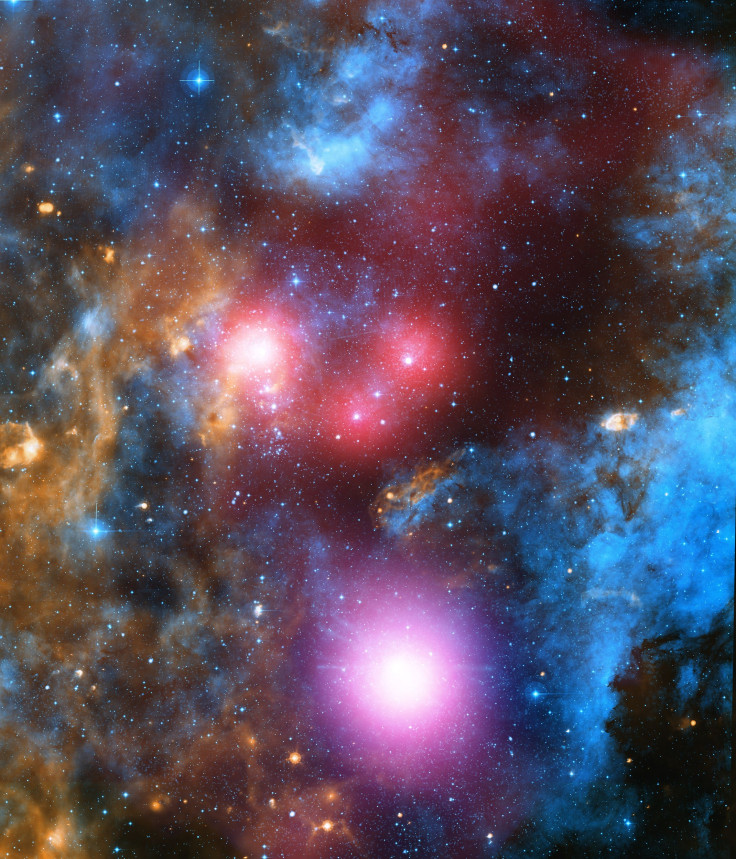NASA Captures Stunning Colorful Display Of Massive Stars In Cluster Cygnus OB2

NASA has released a stunning image of Cygnus OB2, a cosmic region that houses some of the most massive stars in space. The image was released as part of the space agency’s celebration for the 20th anniversary of its Chandra X-ray Observatory.
Cygnus OB2 is located about 4,600 light-years away from Earth. In the image provided by NASA, the stars inhabiting the region can be seen in various colors that contribute to a stunning light display captured by the Chandra space telescope.
According to the space agency, the stars in this region have lifespans much shorter than that of the Sun. These stars emit high-energy winds that disrupt the nearby clouds of dust and gas.
“Our Sun is an average-sized star that will have a lifespan of some 10 billion years,” NASA explained in a statement. “More massive stars, like those found in Cygnus OB2, only last a few million years. During their lifetimes, they blast large amounts of high-energy winds into their surroundings.”
“These violent winds can collide or produce shocks in the gas and dust around the stars, depositing large amounts of energy that produce X-ray emission that Chandra can detect,” the agency added.
That star stuff you see here? That's what you're made of. You possess the elements ✨
— NASA (@NASA) July 25, 2019
This composite image from @chandraxray and two space telescopes shows high-energy X-rays emitted by massive stars in the star cluster Cygnus OB2. Dive deeper: https://t.co/UiKOVn9xPk pic.twitter.com/nVtxDN2KjP
One of the stars that can be found in this region is called Cygnus OB #12. This star is classified as a blue hypergiant and is one of the most luminous stars in the galaxy. It is also known to be a luminous blue variable, which is an evolved star that displays unpredictable variations when it comes to its brightness and spectra.
Aside from Cygnus OB2, NASA also released new images of beautiful cosmic bodies captured by Chandra. These include a nearby galaxy known as Messier 33, a large star-forming region called 30 Doradus and the central region of the Milky Way galaxy, which houses various cosmic objects.
The images came from a gallery that NASA unveiled to celebrate the Chandra telescope’s 20th anniversary. It was officially launched on July 23, 1999, through the agency’s STS-93 rocket. For two decades, Chandra has been orbiting Earth taking stunning X-ray photographs of various regions in space.
© Copyright IBTimes 2025. All rights reserved.





















